The image of carnivorous plants devouring humans has long been a staple of jungle folklore and sensationalist fiction. From vintage adventure novels to B-grade horror films, the idea of monstrous man-eating flora lurking in the shadows of tropical rainforests persists in popular culture. Yet behind these lurid tales lies a far more fascinating botanical reality that deserves examination beyond the myths.
Botanists confirm that while approximately 630 species of carnivorous plants exist across the globe, none possess the capability to consume anything larger than small insects or occasionally tiny amphibians. The largest known carnivorous plant, Nepenthes rajah from Borneo, produces pitchers that can hold about 3.5 liters of liquid - enough to drown rodents but far from human-swallowing proportions. This reality check hasn't stopped the proliferation of exaggerated accounts dating back to 19th-century explorers' journals.
The origins of the man-eating plant myth can be traced to several sources. Victorian-era naturalists sometimes embellished their findings to secure funding from sensationalism-hungry patrons. A notorious 1878 report by German explorer Carl Liche described a ritual sacrifice to the Madagascan "crinoid tree", later proven entirely fictitious. Similarly, the 1920s pulp fiction boom popularized stories of Amazonian tribes worshiping bloodthirsty vegetation. These fabrications gained such traction that even respected publications like the American Journal of Botany felt compelled to publish debunking articles in 1955.
Modern science reveals that carnivorous plants evolved their meat-eating adaptations as survival mechanisms in nutrient-poor environments. The Venus flytrap's lightning-fast leaf closure, for instance, represents an evolutionary response to nitrogen-deficient soil rather than any predatory ambition. Tropical pitcher plants employ sophisticated chemical cocktails to break down insect proteins, but their digestive fluids lack the potency to harm human skin beyond mild irritation. Researchers emphasize that these plants are passive trappers rather than active hunters, contrary to their cinematic portrayals.
Ecologists note that the persistence of man-eating plant myths has tangible consequences for conservation efforts. Sensationalized media coverage often overshadows the genuine threats facing carnivorous plant habitats, including peat bog drainage and illegal horticultural trade. The International Carnivorous Plant Society reports that over 25% of known species face extinction risks, yet public attention remains fixated on fictional dangers rather than actual environmental crises.
Cultural anthropologists observe interesting parallels between man-eating plant lore and human psychological patterns. The concept of vengeful vegetation appears in multiple indigenous traditions, often symbolizing nature's retribution for ecological disrespect. Contemporary manifestations range from Japanese Jinmenju folklore to Amazonian Yacuruna legends, though none describe literal plant predation. This symbolic dimension suggests the myths serve as metaphorical warnings rather than biological accounts.
Recent advances in plant communication studies have added new layers to our understanding. While certain vines demonstrate primitive threat-response mechanisms through electrical signaling, the idea of sentient, malicious vegetation remains firmly in the realm of fantasy. The most dramatic confirmed behavior comes from the Dodder vine (Cuscuta), which can detect chemical cues from preferred host plants - a far cry from the blood-sensing tendrils of horror movies.
Educational initiatives now combat misinformation by bringing actual carnivorous plants into classrooms. The United States Botanic Garden's "Plants Bite Back" program allows students to examine Venus flytraps under microscopes, revealing their true scale and mechanisms. Such efforts appear effective; a 2022 survey showed 68% accuracy in identifying carnivorous plant facts among participants, up from 42% in 2010.
The tourism industry grapples with balancing entertainment and education regarding carnivorous plants. While some Borneo jungle tours still promote "man-eating plant" attractions, reputable operators now emphasize ecological context. At Malaysia's Bako National Park, visitors learn how Nepenthes pitcher plants maintain delicate mutualisms with tree shrews that defecate into them for nutrient exchange - a far cry from human digestion scenarios.
As genetic research progresses, scientists discover that carnivorous plants' predatory genes have surprising agricultural applications. Studies of sundew enzymes have inspired new biodegradable pesticides, while pitcher plant wax structures influence water-repellent material design. These practical benefits receive less attention than the persistent man-eating myths, highlighting ongoing challenges in science communication.
Ultimately, the truth about carnivorous plants proves more remarkable than fiction. Their sophisticated adaptations developed over millennia showcase nature's ingenuity without requiring sensationalized danger. As climate change threatens many species' habitats, shifting focus from fantasy to conservation reality becomes increasingly urgent for these misunderstood botanical wonders.
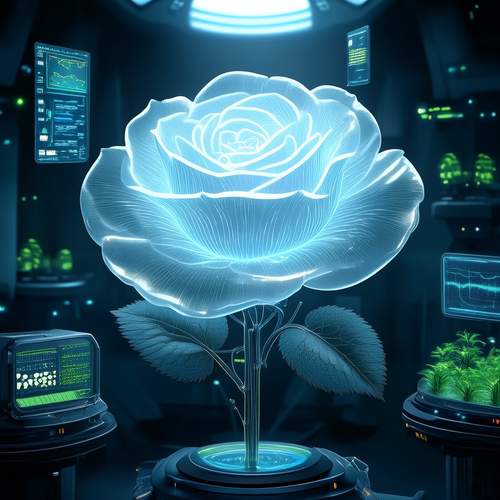
By /May 21, 2025
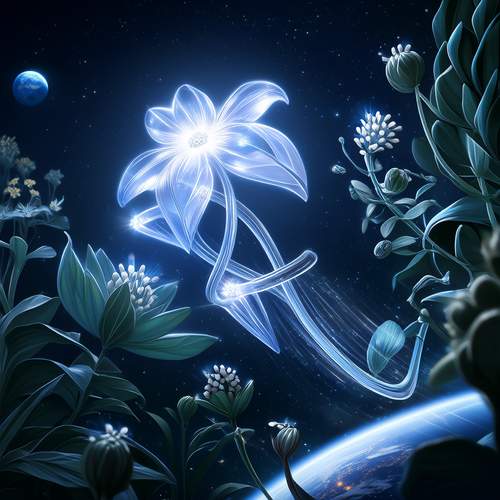
By /May 21, 2025

By /May 21, 2025

By /May 21, 2025
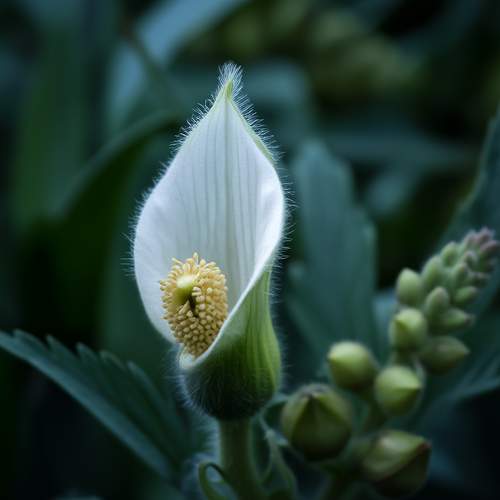
By /May 21, 2025
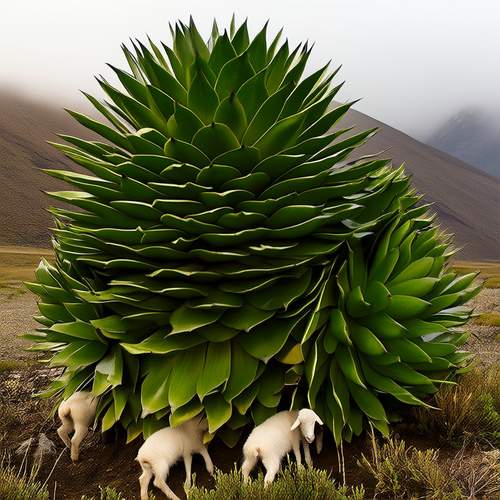
By /May 21, 2025
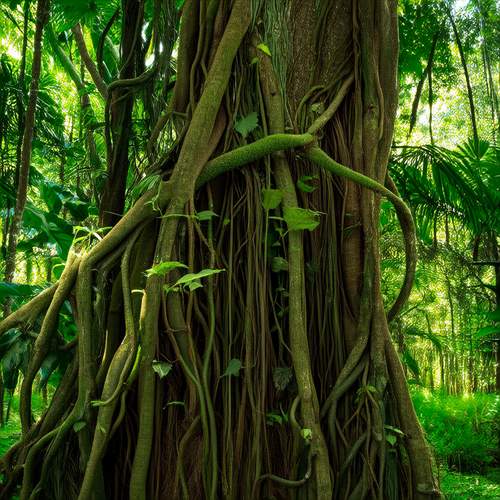
By /May 21, 2025
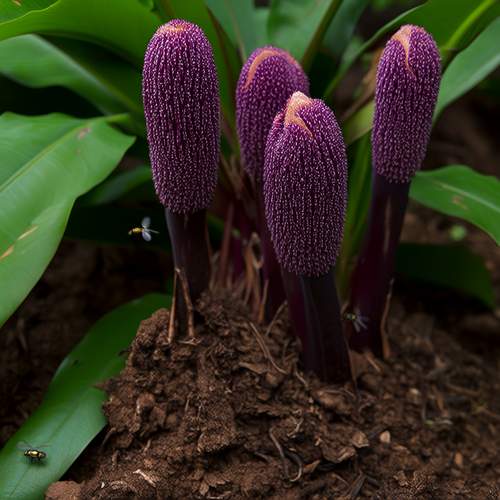
By /May 21, 2025

By /May 21, 2025
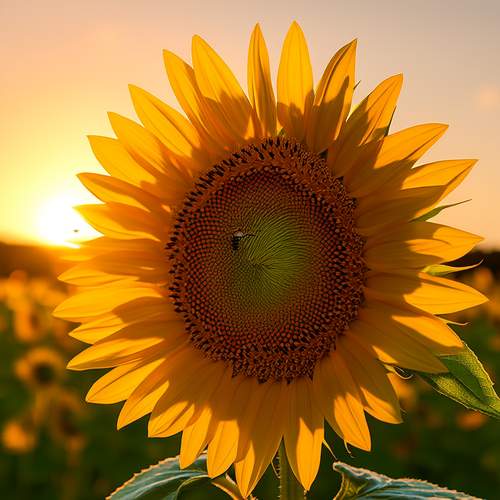
By /May 21, 2025

By /May 21, 2025

By /May 21, 2025
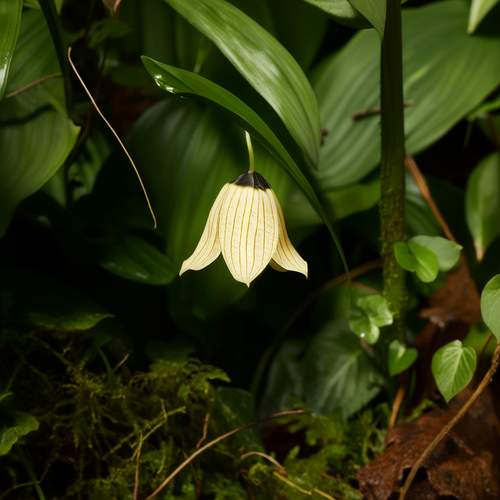
By /May 21, 2025
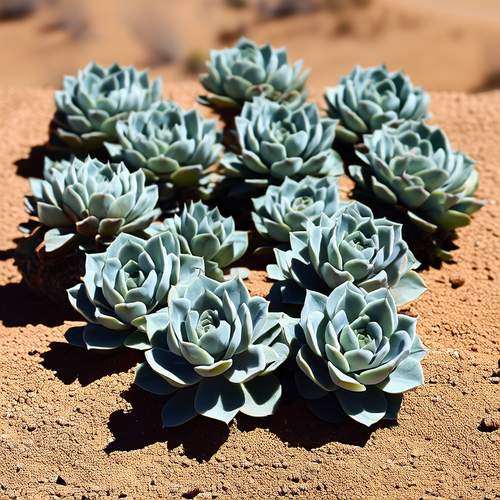
By /May 21, 2025
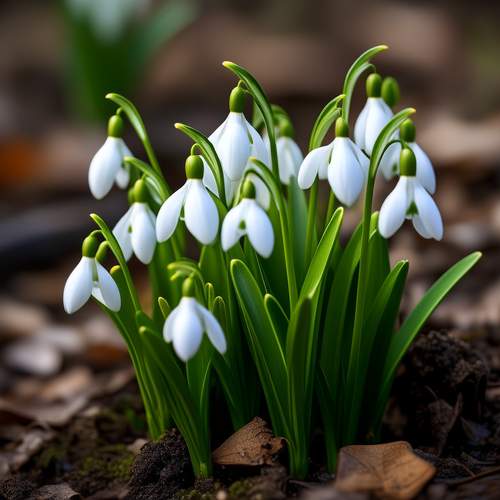
By /May 21, 2025
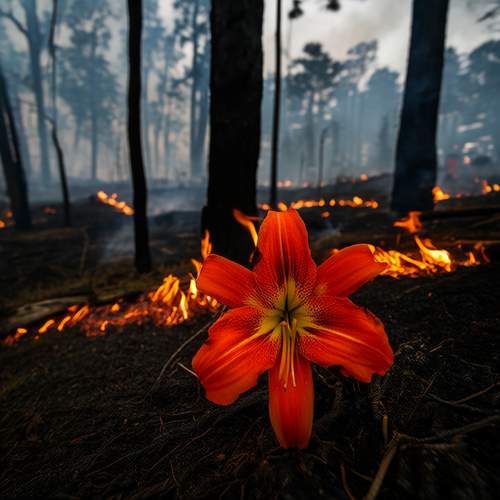
By /May 21, 2025
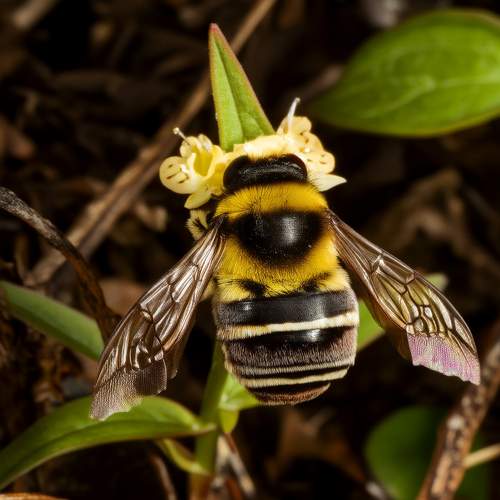
By /May 21, 2025

By /May 21, 2025
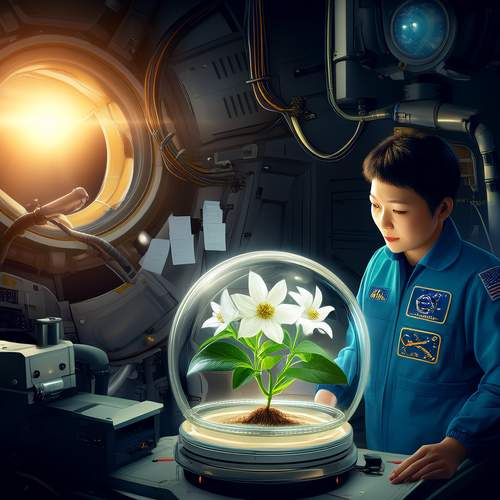
By /May 21, 2025
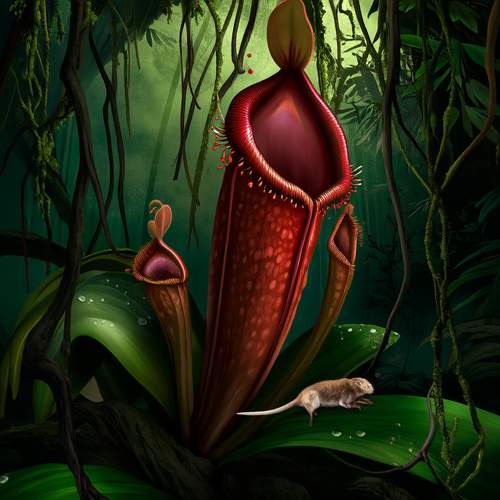
By /May 21, 2025